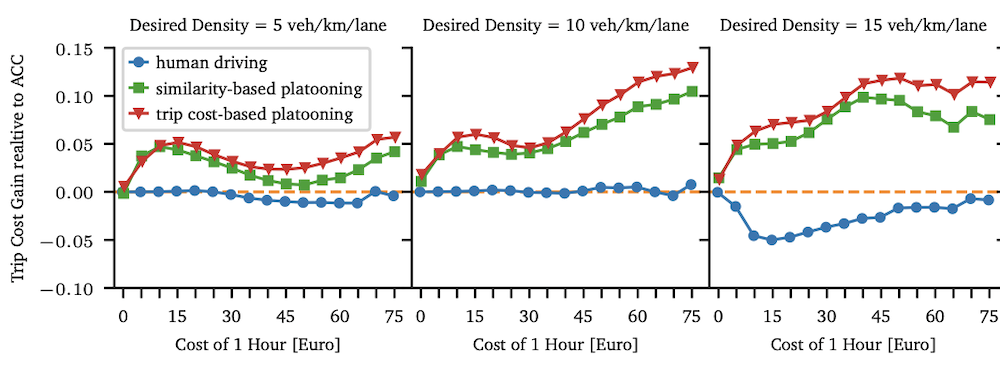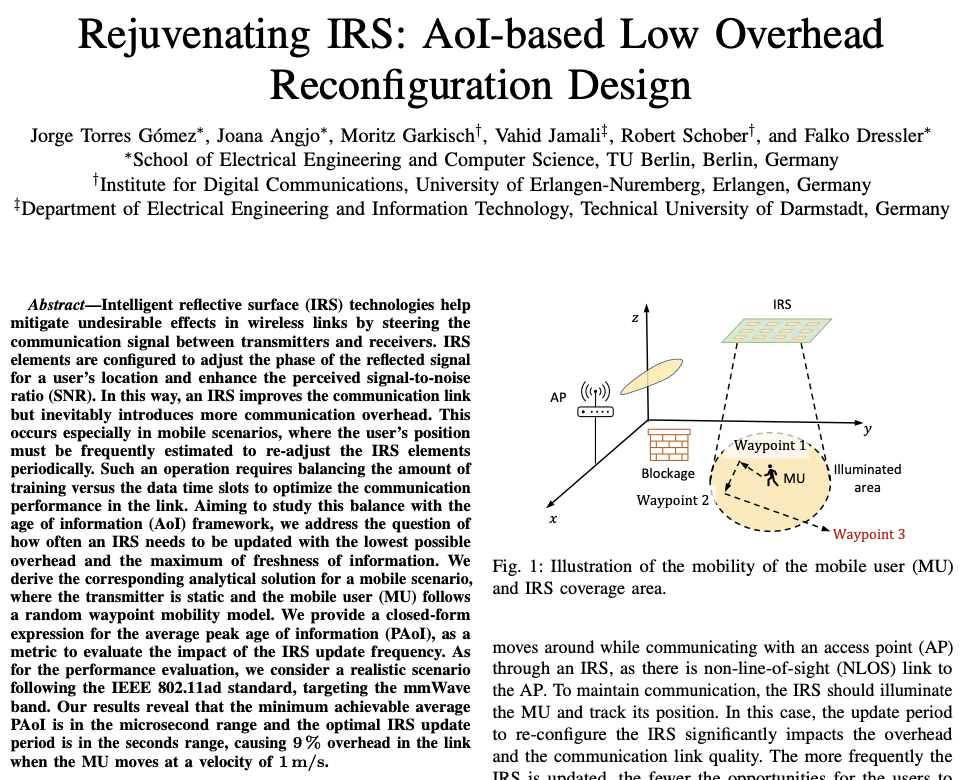Literature Database Entry
gawlowicz2022wi-lo
Piotr Gawłowicz, Anatolij Zubow and Falko Dressler, "Wi-Lo: Emulation of LoRa using Commodity 802.11b WiFi Devices," Proceedings of IEEE International Conference on Communications (ICC 2022), Seoul, South Korea, May 2022, pp. 4414–4419.
Abstract
The recent move of LoRa towards the 2.4 GHz ISM spectrum band creates multiple opportunities for its broader usage in new IoT applications. However, the ISM band is already highly populated with diverse wireless systems, and interference issues are expected. We believe that cross-technology communication (CTC) can help to speed up LoRa adaptation and mitigate the coexistence problems. Therefore, in this paper, we introduce Wi-Lo, a novel signal emulation-based CTC approach, which allows a WiFi device to generate a valid LoRa waveform. Our scheme requires no hardware modifications but depends only on the careful selection of WiFi frame payload bits. We build our Wi-Lo prototype with commodity hardware. Our evaluation reveals that Wi-Lo enables reliable communication from WiFi to LoRa devices, which is comparable to the configurations using LoRa nodes. Moreover, leveraging the high sensitivity of LoRa, a long distant CTC is achieved.
Quick access
Original Version ![]() (at publishers web site)
(at publishers web site)
Authors' Version ![]() (PDF on this web site)
(PDF on this web site)
BibTeX ![]()
Contact
Piotr Gawłowicz
Anatolij Zubow
Falko Dressler
BibTeX reference
@inproceedings{gawlowicz2022wi-lo,
author = {Gawłowicz, Piotr and Zubow, Anatolij and Dressler, Falko},
doi = {10.1109/ICC45855.2022.9838667},
title = {{Wi-Lo: Emulation of LoRa using Commodity 802.11b WiFi Devices}},
pages = {4414--4419},
publisher = {IEEE},
address = {Seoul, South Korea},
booktitle = {IEEE International Conference on Communications (ICC 2022)},
month = {5},
year = {2022},
}
Copyright notice
Links to final or draft versions of papers are presented here to ensure timely dissemination of scholarly and technical work. Copyright and all rights therein are retained by authors or by other copyright holders. All persons copying this information are expected to adhere to the terms and constraints invoked by each author's copyright. In most cases, these works may not be reposted or distributed for commercial purposes without the explicit permission of the copyright holder.
The following applies to all papers listed above that have IEEE copyrights: Personal use of this material is permitted. However, permission to reprint/republish this material for advertising or promotional purposes or for creating new collective works for resale or redistribution to servers or lists, or to reuse any copyrighted component of this work in other works must be obtained from the IEEE.
The following applies to all papers listed above that are in submission to IEEE conference/workshop proceedings or journals: This work has been submitted to the IEEE for possible publication. Copyright may be transferred without notice, after which this version may no longer be accessible.
The following applies to all papers listed above that have ACM copyrights: ACM COPYRIGHT NOTICE. Permission to make digital or hard copies of part or all of this work for personal or classroom use is granted without fee provided that copies are not made or distributed for profit or commercial advantage and that copies bear this notice and the full citation on the first page. Copyrights for components of this work owned by others than ACM must be honored. Abstracting with credit is permitted. To copy otherwise, to republish, to post on servers, or to redistribute to lists, requires prior specific permission and/or a fee. Request permissions from Publications Dept., ACM, Inc., fax +1 (212) 869-0481, or permissions@acm.org.
The following applies to all SpringerLink papers listed above that have Springer Science+Business Media copyrights: The original publication is available at www.springerlink.com.
This page was automatically generated using BibDB and bib2web.








